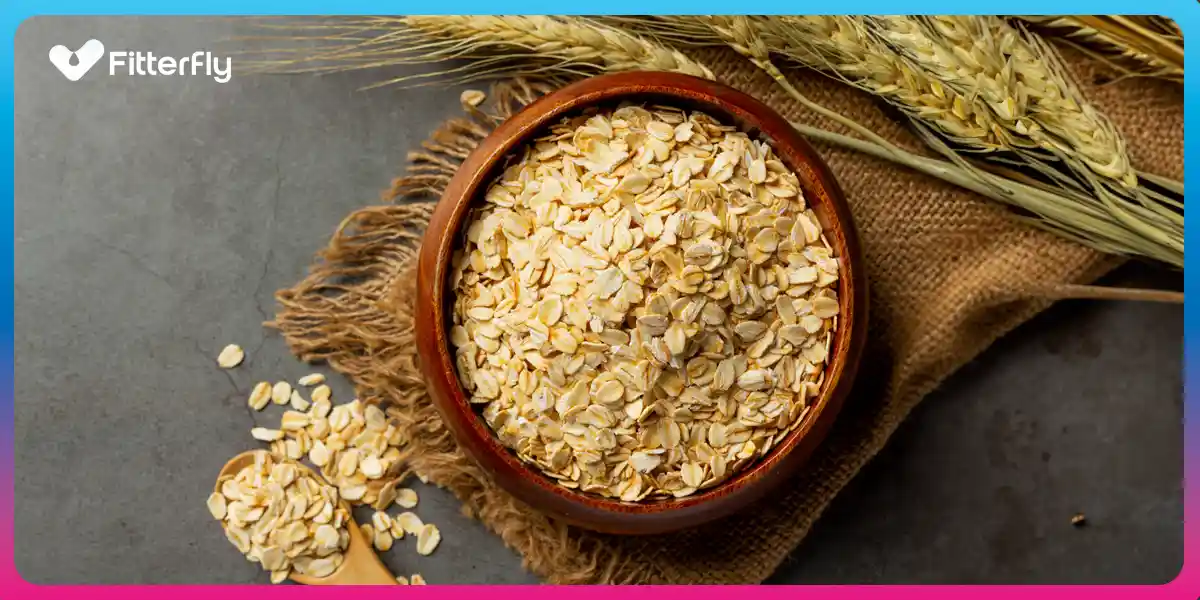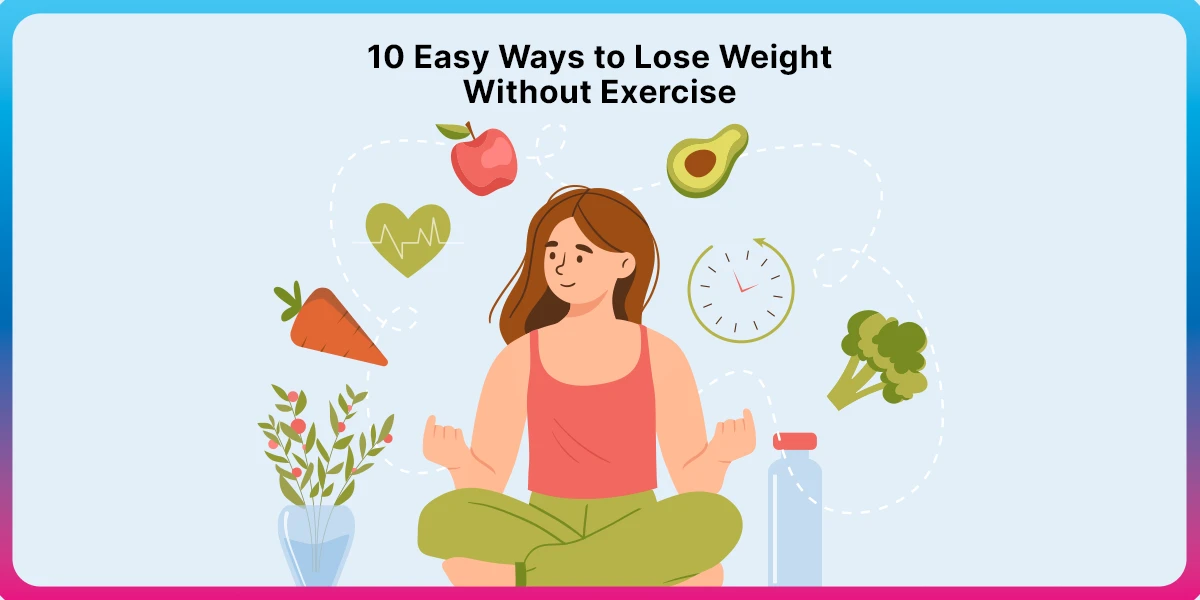Recommended Dietary Allowance (RDA) and Its Role in Children’s Diet

Recommended Dietary Allowances (RDAs) are the daily dietary intake level of a nutrient considered adequate by the Food and Nutrition Board of the Institute of Medicine to meet the requirements of 97.5% of healthy people in each age stage and sex group. Since it is age and gender-specific, RDA is different for infants, children, pregnant and lactating women, and adults. RDA takes into account individual variations in nutrient needs and the availability of nutrients that may vary from one diet to another depending on cultural and traditional differences.
Recommended Dietary Allowances (RDAs) originated in 1943 during World War II with the objective of providing standards to serve as a goal for good nutrition. The RDA helped to account for the various dietary essential nutrients necessary for people of different ages and gender.
The dietary allowances in Indians were first recommended in 1944 by the Nutrition Advisory group and revised over the years by the national body ICMR (Indian Council of Medical Research) with detailed recommendations with respect to safe levels of intake of all nutrients through various age groups and gender.
Why are following the RDA guidelines for children important?
- We must ensure and meet a child’s daily requirements of nutrients, either by consuming foods rich in those nutrients or by taking a supplement. If The RDA for a certain vitamin is the optimal amount required that will help prevent deficiencies in most children.
- Recommended dietary allowances are set for both genders and are broken down into age groups from infants to adolescent’s keeping into consideration the different requirements at different ages owing to the physical and hormonal changes that occur during growth and then at puberty.
How should the RDA for various nutrients be met for children?
The RDAs serve as a guide such that a balanced diet meeting RDAs requirements will probably be adequate in all other nutrients. Therefore, diets should be composed of a variety of foods that are derived from the 5 major food groups. The losses of nutrients during the processing and preparation of food should be taken into consideration in planning diets for children and should be done under the guidance of a qualified pediatric nutritionist.
Conditions that may require adjustments in the application of the RDA for children are as follows:
- Climate: Ordinarily, an adjustment made by consuming adequate water in summers and warm foods in winters protects the body against heat and cold. Therefore, adjustments in dietary allowances to compensate for environmental temperature changes are rarely necessary. Prolonged exposure to high or low temperatures may cause changes in activity level, energy expenditure, and therefore food intake. Under extreme conditions, there may be an additional requirement of nutrients in order for normal body functions to occur efficiently.
- High-Intensity Physical Activity: Increased activity increases the need for energy and some nutrients. Such needs can be met by increasing the nutrient intake through calorie-dense food and beverages over the RDA cut-offs depending on the level of activity or sport the child is engaged in on a daily or a weekly basis. In hot environments, activity increases water and salt losses through sweating and, if prolonged, can also lead to measurable losses of other essential nutrients. Special attention should be given to the immediate need for water and salts under such conditions.
- Clinical Conditions: The RDA values are applicable for normal healthy children. They do not cover special nutritional needs arising from sports, nutrient deficiencies, and metabolic disorders like obesity, chronic diseases, injuries, premature birth, other medical conditions, and drug therapies. Therefore, children suffering from illness or any medical condition have specialized needs and must refer to a pediatric nutritionist or a child dietitian for their specialized needs and guidance.













